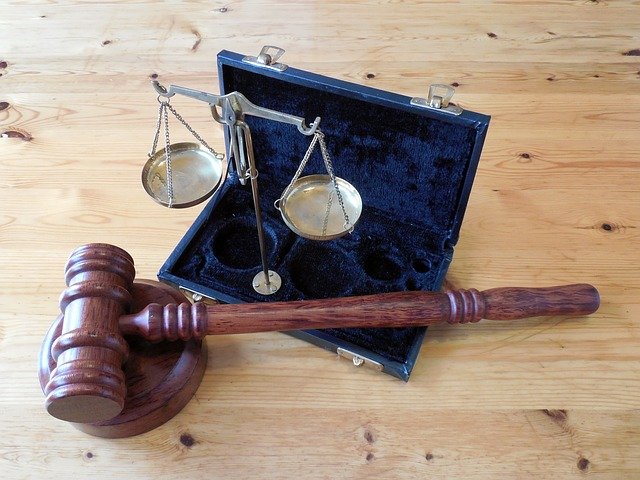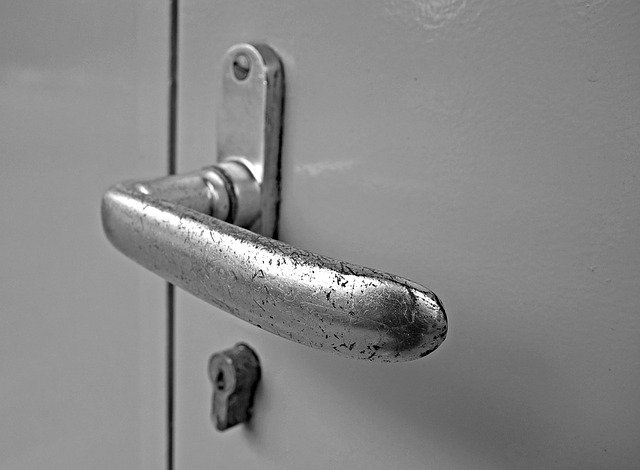
A lease is a legally binding agreement between a landlord and a tenant. As a landlord, it can be upsetting to learn that your tenant has broken their lease agreement, and understandably so. Vacancies are every North Dakota landlord’s worst nightmare.
Basically, a vacancy means a landlord is operating your rental property at a loss. In other words, money is going out and none is coming in without any rent being paid.
Admittedly, though, there are many reasons that can compel a renter to break their lease agreement early. Your tenant could be relocating to move closer to their new place of work or school. They could also be upsizing or downsizing, depending on their current needs.
Whether or not to penalize your tenant for moving out before their lease ends depends on the reason. If it’s legally justified, then the landlord must release them from the contract so long as they serve the landlord with proper notice. However, if their reason isn’t legally justified, then the landlord may be able to penalize the renter under the state's landlord tenant laws.
Here’s everything you need to know about breaking a lease in North Dakota.
Notice Requirements for Lease Termination in North Dakota
Under North Dakota law , tenants aren’t required to provide any notice for fixed-term leases. They are only required to provide notices for short-term agreements, such as:
- Week-to-week leases. To break this rental agreement, the tenant must provide their landlord with a one-week written notice. (§ 47-16-15(1))
- Month-to-month leases. Unless both the landlord and the tenant agree to a longer notice period, the tenant must provide the landlord with a one-month notice. (§ 47-16-15(2))
- Yearly lease with no end date. Similar to the month-to-month notice, the tenant must provide the landlord with a one-month written notice. (§ 47-16-15(1))
Common Conditions for Legally Breaking a Lease in North Dakota
As already mentioned, your renter may be able to break their lease early without penalty under certain situations.

These situations are as follows:
1. The Lease Contains an Early Termination Clause
Early termination clauses are designed for one purpose: to make lease terminations easier. So, if you have one, your renter may be able to use it to end their lease, as long as they meet all the requirements.
Common requirements include the payment of a fee (often equivalent to 2 months’ rent) and proper written notice (30 days). If your tenant meets such requirements, then they’ll have no further obligations under the lease agreement.
2. The Unit No Longer Meets Habitability Standards
Every state, including North Dakota, provides minimum standards that every rental unit must meet. Under North Dakota landlord-tenant law, if the landlord fails to meet these building and housing codes, a court would probably rule that the landlord has “constructively evicted” their renter. By doing so, the tenant would have no further obligations under the lease. Squatters , of course, don't require these standards nor do they follow a lease to begin with.
North Dakota recognizes the following as habitable conditions:
- Working locks
- Functioning smoke and carbon monoxide alarms
- Safety from fire hazards
- Properly maintained stairways, walls, floors, ceilings, and railings
- Clean and sanitary conditions
- Properly functioning electrical components
- Sufficient heating facilities
- A proper sewage disposal system
- A water supply that ensures the home has safe drinking water
- Working plumbing facilities
- Effective weather protection
3. You Have Violated Your Tenant’s Privacy
Landlords have a right to enter their tenants’ rented premises under North Dakota law. They may need to do so in order to:
- Show the unit to prospective tenants or buyers
- Make the necessary repairs
- Enter under court orders
- Inspect the unit for damage
- Enter if your tenant invites you in
- Investigate potential rent violations
- Show the premises to insurance or mortgage companies
- Enter during an emergency

The landlord must, however, give their tenant a reasonable notice prior to entering their apartment. Different states have different requirements in this regard. In the state of North Dakota, there is no specific notice period landlords must give their tenants.
However, state law requires landlords to give their tenants “reasonable” notice prior to entering their rented property.
It also goes without saying that the time of entry must be reasonable. For example, between 8AM and 5PM during weekdays, and between 10AM and 3PM during weekends.
4. You Have Harassed Your Tenant
Your North Dakota tenant can also break their lease or rental agreement if your actions amount to harassment . Landlord harassment can take many forms. The following are the most common ones:
- Refusing to accept the month's rent payments from your tenant
- Intentionally disrupting the peace and quiet enjoyment of their premises
- Refusing to do repairs they have requested within a reasonable time
- Trying to evict your tenant using falsified charges or due to discrimination
- Performing unnecessary inspections to the premises that are inconvenient to your tenant
- Changing the locks when the tenant is away
- “Constructively” evicting the tenant by shutting off utilities or locking them out which breaches the lease agreement
5. Your Tenant Is a Victim of Domestic Violence
Your renter can also break their lease if they become a domestic violence victim. They have special rental provisions that allow them to do so when facing imminent domestic violence, and will not have to pay rent to their landlords for the remainder of the lease. This includes a month-to-month lease. Before the renter can move out, they are required, however, to meet certain requirements.

One requirement is proof of status. A court order or a qualified restraining order must be shown by the tenant, documenting domestic violence. Another requirement is providing the North Dakota landlord written notice in advance. (§ 47-16-17.1) The tenant's failure to provide this can be disqualifying for breaking the lease and rent must continue to be paid.
Landlord’s Duty to Find a Replacement Tenant in North Dakota
North Dakota landlords must make reasonable steps to try and re-rent their units after their tenant breaks their lease. This helps the loss in tenancy income for a landlord. So, once your tenant moves out, you cannot just sit back and wait until the lease ends and then sue the tenant for all unpaid rent.
Unless there is reason to deduct from the tenant's security deposit for unrelated damages, the landlord will not have any financial compensation. The security deposit cannot compensate for the month's rent, as the security deposit is meant only for tenant damages.
At the same time, in trying to re-rent the premises, the landlord isn’t required to relax their qualifying standards for tenancy. For example, renting to a tenant that isn’t creditworthy or has a questionable rental background.
Bottom Line
When the breaking of a lease happens, it’s every North Dakota landlord’s last wish. However, when it does occur, as a landlord it’s important to be aware of the legal conditions.
If you have any questions on breaking a lease in North Dakota or any other aspect of rental management, contact TruHome Property Solutions today! We’d be happy to speak with you.
Disclaimer: This blog isn’t a substitute for professional legal advice. Laws change from time to time and this blog might not be up to date at the time you read it. If you need further help, please get in touch with a qualified attorney or contact us directly.


